Henri André Martin was an excellent painter; we are pleased to offer you the high quality of his work and the beauty of these carefully selected pieces.
Henri André Martin was born in Lyon in January 1918 into a medical family. From a young age, his passion was painting, but, yielding to family influence, he chose medicine, while knowing how to divide his time between these two arts.
Throughout his career, he successfully combined medicine and painting, also occupying a prominent place in this art form, as evidenced by a book on Van Gogh's illness, published in 1994. His pictorial oeuvre is very rich: paintings, silkscreen prints, and lithographs. He was awarded the Maurice Utrillo Prize in 1964 and a medal of honor from the Lyon Society of Fine Arts. He participated in numerous exhibitions in French and foreign galleries (New York, Frankfurt, Geneva, etc.), as well as the creation of highly bibliographical books, such as the "Bestiary of Insects" and the "Lyon of René Deroudille and Jean Albert Carlotti." He was a corresponding member of the Institut de France.
He will be remembered by all as a brilliant surgeon, an esteemed master who knew how to handle both scalpel and brush with equal elegance.
Contemplative yet active, he wanted to pursue painting, which was his vocation. A vocation that was encouraged by Joseph Lamberton, a painter and sculptor from Saint-Étienne, and by Henry Grosjean, who agreed to come and give painting lessons to my father during the summer at the family estate in Jasseron, Bresse. The Artistic Environment
Henri André Martin's friends were most often artists. Joseph Lamberton, Henry Grosjean and Pierre Eugène Montézin, Jean Carlotti, Jean Fusaro, André Cottavoz, and Jacques Truphémus, among the leaders of the Lyonnaise school, exhibited regularly at the Malaval Gallery, a gallery owned by my father and of which his wife Anne-Marie was the director. Among them are Mario Prassinos and Roland Oudot, who painted in Eygalières, Henri de Waroquier, Camille Hilaire, Louis Pons, and Michel Ciry. The latter two, very close friends with very different personalities, took turns spending long stays at our house in Eygalières. Joseph Alessandri, our neighbor, and Jean Cardot, permanent secretary of the Institut de France, were his dearest friends, but many others could be mentioned. My encounter, and subsequent friendship with Jean Souverbie, illustrates my father's personality well. Awards and Distinctions
Numerous awards, including the Maurice Utrillo Prize in 1964. Hors concours, then Medal of Honor from the Lyon Society of Fine Arts. Member of the Salon du Sud-Est until his death in 2004. Salon of Drawing and Watercolor Painting, Paris. Member of the Salon of the National Society of Fine Arts, Paris. Member of the Salon d'Automne, Paris: correspondent for the Institut de France.
Exhibitions
1962: Galerie Chardin (Paris); 1965:
(Geneva); 1965: Château de la Jansonne
1971–2000: Galerie Malaval (Lyon); 1973: Château de la Jansonne (Cavaillon); 1978: Chapelle du Grand Couvent (Cavaillon); 1979: Lacoux Contemporary Art Center; 1981: Galerie Visconti (Paris); 1987: Rillieux Contemporary Art Fair (Rhône); 1988: Maison de Lyon (Lyon); 1992: Artrium (Maurice Ravel Auditorium) Lyon; Braquahage Gallery in Honfleur; 1996: Léa and Napoléon Bullukian Foundation (Lyon); 2008: Léa and Napoléon Bullukian Foundation (Lyon).
Paintings exhibited in numerous galleries
New York, Dallas, Caracas, Geneva.
Screenprints, lithographs, large books
Numerous screenprints and lithographs (Mourlot workshop, then Dejobert in Paris, Badier workshop in Lyon, André Dupertuis workshop in Eygalières); a collection of six plates entitled Les troncs and especially L’olivier, a work produced in the purest tradition of the Large Books; Edition of highly collectible books: The Insect Bestiary by Jean Vasca and Joseph Alessandri, The Lyon by René Déroudille and Jean Carlotti, The Creation of the World by Jean Piaubert.
Public Collection: City of Lyon. Rodez Museum. National Contemporary Art Fund.


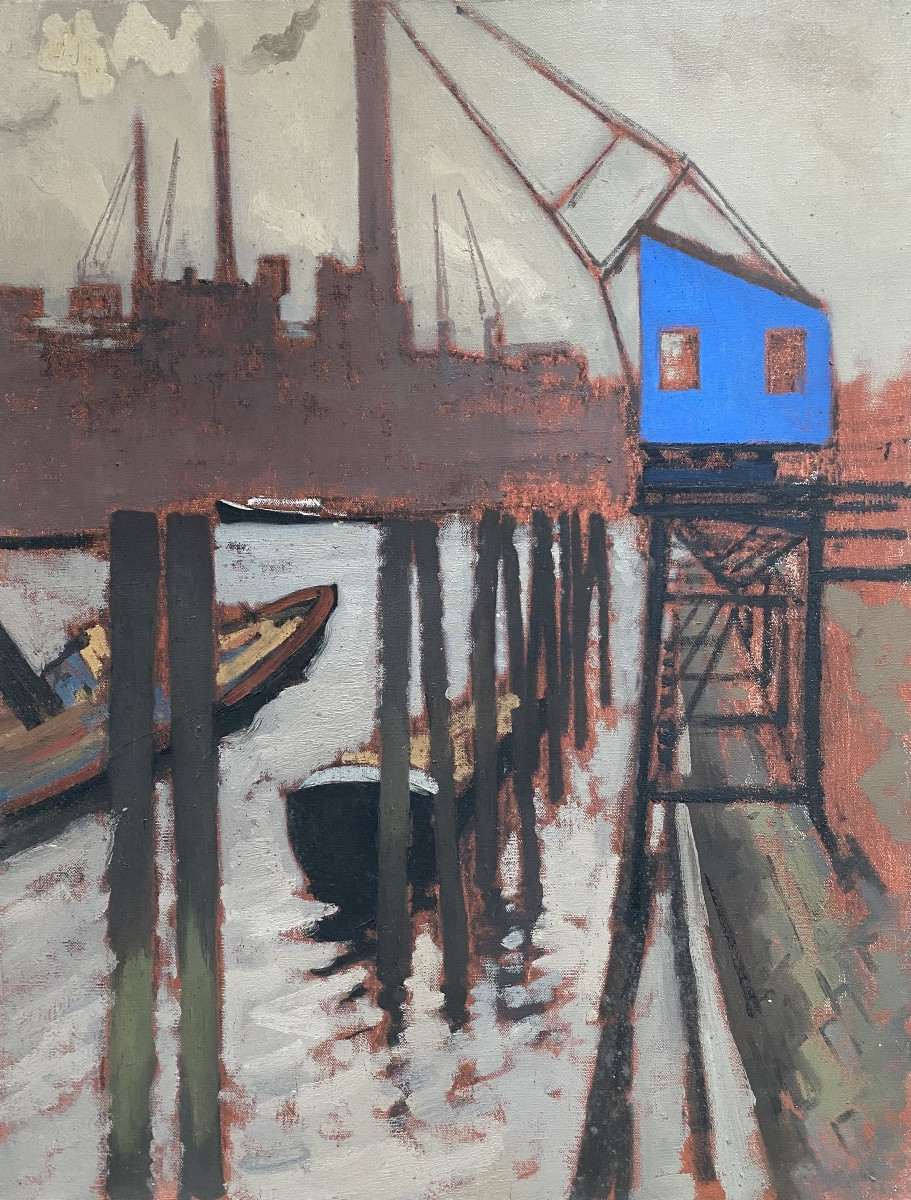






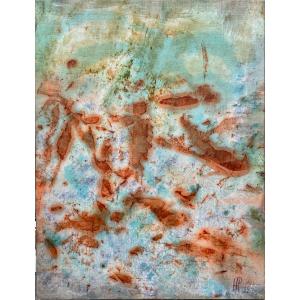


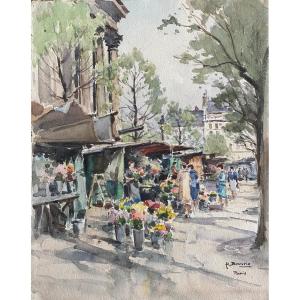







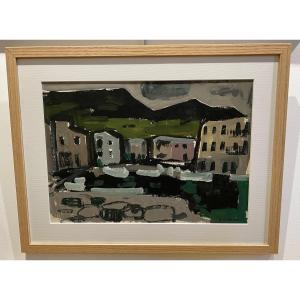
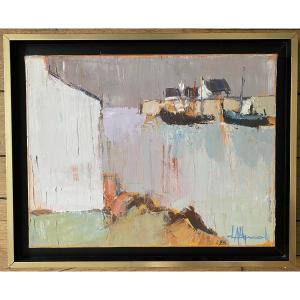




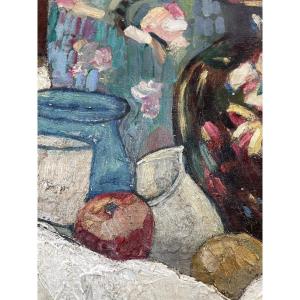



 Le Magazine de PROANTIC
Le Magazine de PROANTIC TRÉSORS Magazine
TRÉSORS Magazine Rivista Artiquariato
Rivista Artiquariato